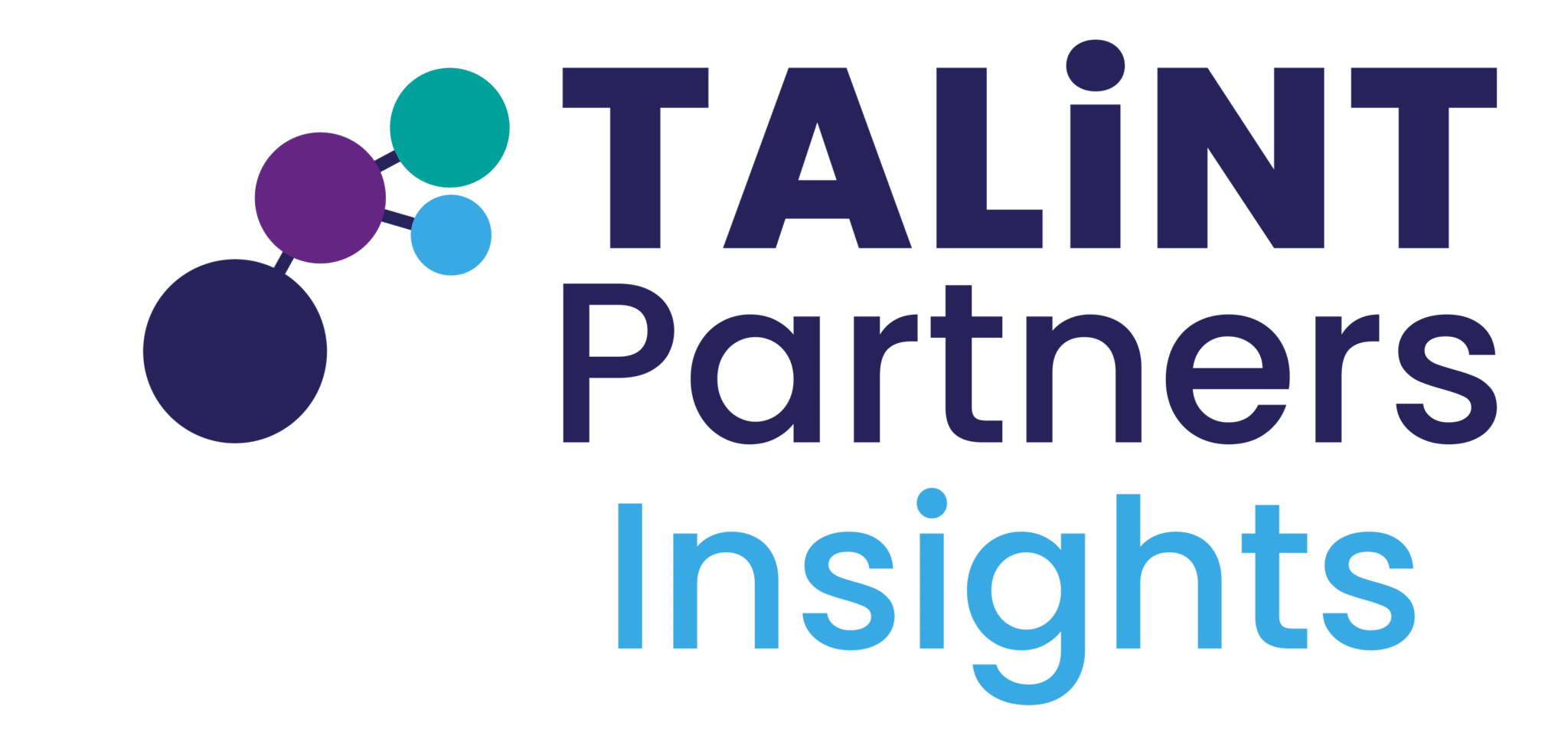The APAC region is renowned for its dynamic business environment, where staying competitive requires constant evolution and adaptation. Companies are increasingly focused on adopting new skills and developing their talent to keep pace with technological advancements and market shifts. To help you stay informed, we’ve compiled key trends, challenges, and strategies in skills adoption and talent development across the region into one comprehensive insight.
Why skills adoption is important
Skills adoption is essential for organisations aiming to enhance productivity, drive innovation, and improve overall business performance. In the APAC region, the rapid advancement of technology is a significant driver. Emerging technologies like artificial intelligence (AI), machine learning, blockchain, and the Internet of Things (IoT) are transforming industries and creating new opportunities. For example, the manufacturing sector is moving towards smart factories, while the finance industry is leveraging fintech solutions to enhance customer experiences and streamline operations.
Challenges in skills adoption
Despite the clear benefits, skills adoption in the APAC region faces several challenges. One major issue is the skills gap, where the demand for certain skills outpaces the supply of qualified talent. This gap is particularly evident in fields such as cybersecurity, data science, and AI, where rapid technological advancements have created a high demand for specialised expertise.
Another challenge is resistance to change. Employees may be hesitant to embrace new technologies or processes due to fear of the unknown or concerns about job security. This resistance can hinder the adoption of new skills and impede organisational growth. Additionally, the diverse cultural landscape of the APAC region means that organisations must navigate varying attitudes towards learning and development.
Strategies for effective talent development
To overcome these challenges and foster a culture of continuous learning, organisations in the APAC region can implement several strategies. Investing in training and development programs is crucial. Providing employees with access to high-quality training programs, including online courses, workshops, and certifications, can help them acquire both technical and soft skills. Partnering with educational institutions and industry experts can also enhance the effectiveness of these programs. By doing so, organisations ensure that their workforce is equipped with the latest knowledge and skills necessary to stay competitive.
Promoting a learning culture within the organisation is another key strategy. Encouraging a culture that values continuous learning, and development can be achieved by recognising and rewarding employees who actively pursue new skills. Creating an environment where learning is seen as an integral part of the job can further reinforce this culture. This approach not only motivates employees to keep improving but also embeds learning into the daily operations of the company.
Leveraging technology for learning can make the process more accessible and engaging. Utilising digital tools and platforms, such as e-learning platforms, virtual reality (VR) simulations, and gamified learning experiences, can help employees acquire new skills in an interactive and immersive manner. These technologies can provide flexible learning options that cater to different learning styles and schedules, making it easier for employees to engage in continuous development.
Implementing mentorship and coaching programs can provide personalised guidance and support to employees. Pairing employees with mentors or coaches can help them navigate their career paths, overcome challenges, and develop the skills needed for their roles. These relationships can foster a supportive learning environment where employees feel valued and encouraged to grow.
Focusing on soft skills is equally important. While technical skills are crucial, soft skills such as communication, problem-solving, and adaptability is also critical. Organisations should ensure that their training programs address these competencies to create well-rounded employees. Developing these skills can enhance teamwork, improve customer interactions, and enable employees to adapt to changing work environments.
Encouraging cross-functional collaboration can facilitate the exchange of knowledge and skills. Promoting collaboration across different departments can enable employees to learn from each other and develop new competencies by working on projects that require diverse skill sets. This approach not only broadens employees’ skill sets but also fosters a more cohesive and innovative organizational culture.
By implementing these strategies, organizations in the APAC region can build a resilient and agile workforce capable of driving innovation and achieving sustainable growth.
The role of leadership in talent development
Leadership plays a pivotal role in driving skills adoption and talent development. Leaders must champion the importance of continuous learning and set an example by actively engaging in their own development. By demonstrating a commitment to learning, leaders can inspire their teams to follow suit.
Moreover, leaders should prioritize the identification and nurturing of high-potential employees. Implementing talent management programs that focus on succession planning and leadership development can ensure a pipeline of skilled and capable leaders for the future.
The future of skills adoption in the APAC region
Looking ahead, the APAC region is poised to continue its trajectory of rapid growth and innovation. As new technologies emerge and industries evolve, the need for skills adoption and talent development will only intensify. Organisations that proactively invest in their workforce and foster a culture of continuous learning will be better positioned to navigate the challenges and seize the opportunities of the future.
Skills adoption and talent development are critical components of organisational success in the APAC region. By addressing the challenges and implementing effective strategies, companies can build a resilient and agile workforce capable of driving innovation and achieving sustainable growth. As the business landscape continues to evolve, the commitment to continuous learning and development will be the key differentiator for organisations striving to stay ahead of the curve





